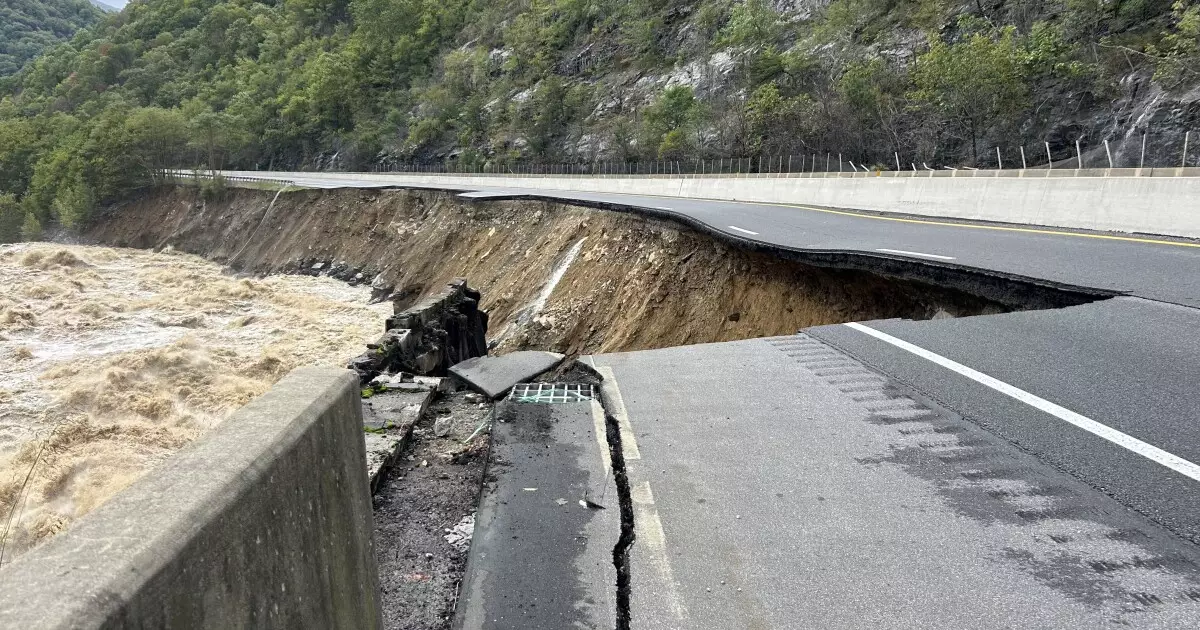Implications of Federal Disaster Relief Cuts: A Critical Analysis

The ongoing dialogue about the effectiveness of disaster relief under the current administration has led to alarming proposals regarding staffing cuts in vital federal programs. Reports indicate that President Donald Trump is considering a staggering 84% reduction in personnel at the Office of Community Planning and Development, which is crucial for administering the Community Development Block Grant (CDBG) – Disaster Recovery program. This is particularly concerning given that CDBG funding, alongside the resources from the Federal Emergency Management Agency (FEMA), provides essential support to communities in the wake of natural disasters.
The implications of such drastic staffing cuts are grave, especially in a country that has consistently faced severe weather events and natural disasters. The CDBG program plays an instrumental role in the aftermath of calamities, helping communities rebuild and recover. Experts, such as David Victor, a professor of innovation and public policy, have warned that these proposed cuts could become a “major political catastrophe” for the Trump administration. He argues that the narrative surrounding these staffing reductions will emerge as central, particularly when disasters inevitably strike. This situation mirrors past incidents where poor disaster response strategies resulted in widespread criticism of the federal government.
Furthermore, the current landscape of federal disaster relief is already fraught with inefficiencies. Data points out that two-thirds of the hurricane recovery aid promised after two hurricanes devastated Puerto Rico had not been disbursed by the start of fiscal 2025. The sluggish distribution of federal aid can exacerbate the suffering of those affected by disasters. As Matt Fabian from Municipal Market Analytics observes, with reduced staffing, the post-disaster allocation of grants will not only be slower but may also encounter more administrative errors. Such challenges amplify the urgency of a coherent, robust disaster response strategy.
The financial implications of these proposed cuts are concerning from a broader economic perspective as well. According to S&P Global Ratings, any modifications in federal disaster response programs could have far-reaching credit implications. The interplay between federal funding and local economic health is delicate; regions that rely heavily on these federal programs risk facing long-term socio-economic setbacks if recovery funds become less reliable or accessible. The potential for diminished federal aid is especially alarming for areas recovering from recent disasters, such as North Carolina, where significant funding is still needed from Congress to restore the damage caused by Hurricane Helene.
North Carolina Governor Josh Stein has already reported an urgent request for an additional $19 billion for recovery efforts. This situation highlights the immense financial burden that state governments are shouldering in the absence of prompt federal assistance. Without a reliable flow of CDBG and FEMA funds, states may struggle to implement effective rebuilding strategies, leading to a compounding crisis where infrastructure failures and economic instability worsen, creating a cycle that is difficult to break.
President Trump has suggested transferring disaster response management to state governments, arguing that they might be more efficient than FEMA. While this could empower local authorities and potentially lead to tailored, swift responses, it also raises questions about the equity and consistency of aid distribution across different states. States vary significantly in their capacity to manage disaster recovery effectively, and a decentralized approach carries the risk of creating disparities in how assistance is rendered. In states with fewer resources or expertise, the aftermath of disasters could be significantly worse, contributing to uneven recovery across the nation.
The proposed staffing cuts to critical federal disaster relief programs like the CDBG could severely hinder the country’s ability to respond to natural disasters efficiently. These reductions not only pose a risk to immediate recovery efforts but also threaten long-term economic stability. Moreover, the move towards devolving disaster response responsibilities to state governments presents both opportunities and challenges. As the nation grapples with the frequency and severity of natural disasters, the need for a well-coordinated and adequately funded disaster management strategy has never been more urgent. Policymakers must prioritize these issues and address the potential ramifications of any proposed cuts to federal disaster aid programs before the devastating consequences become too apparent to ignore.





